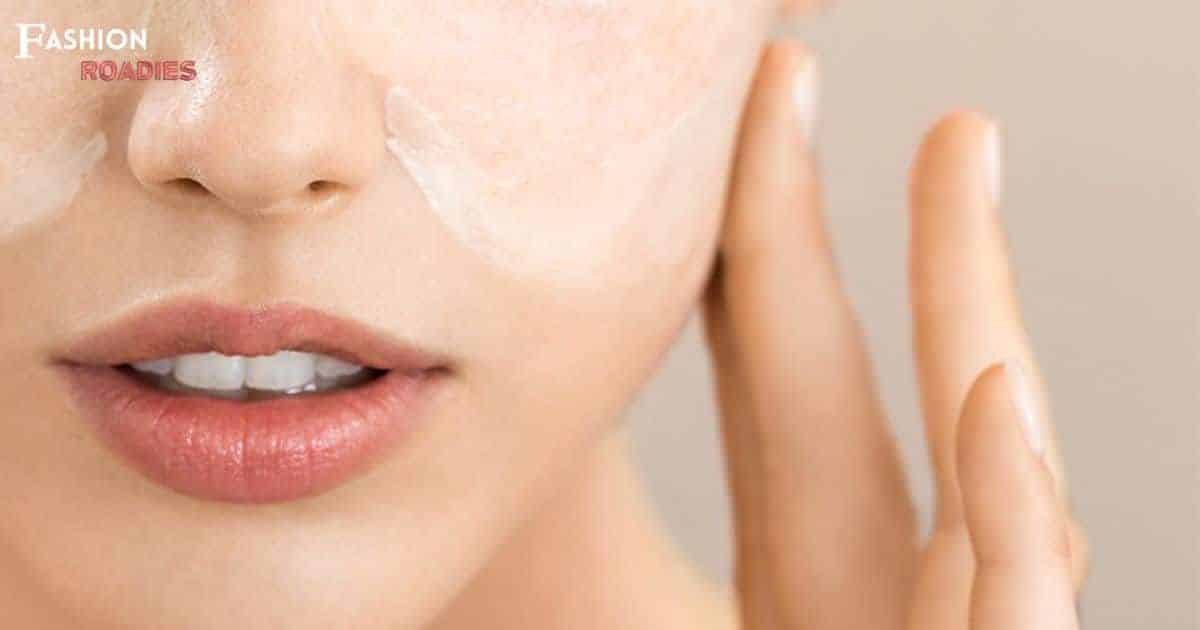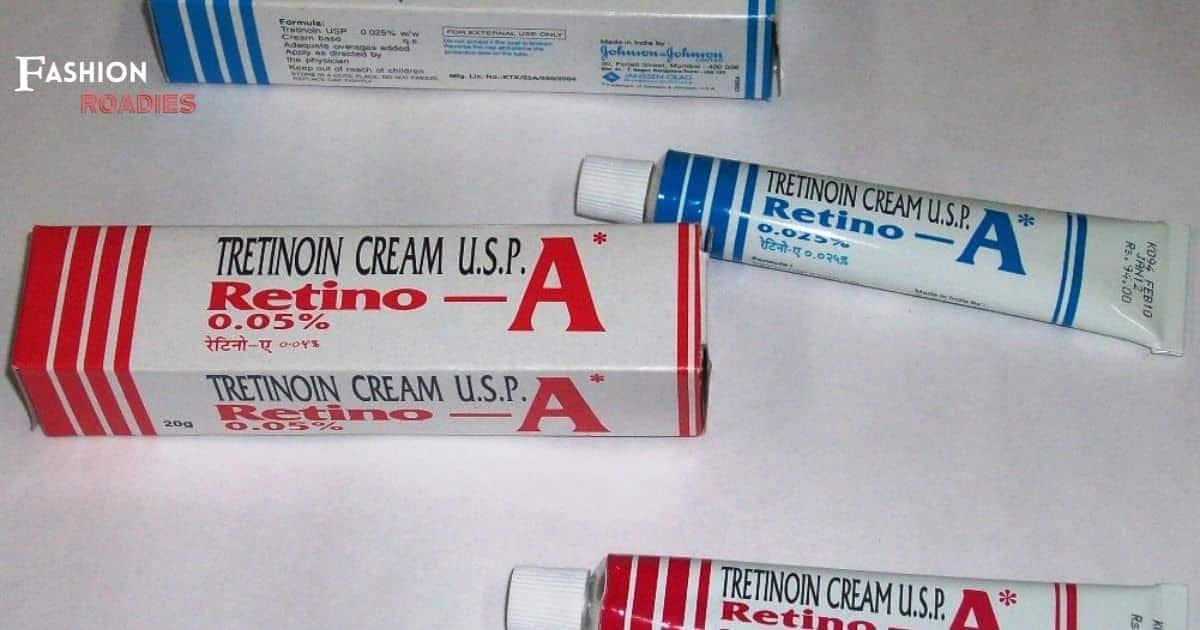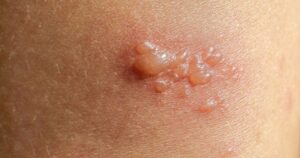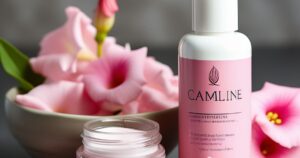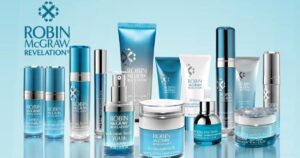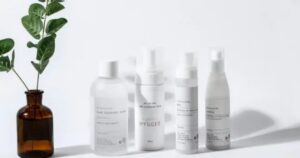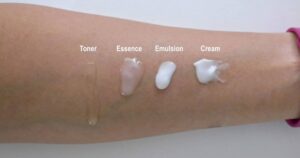In the world of skincare, finding the right products and incorporating them into a routine can be a complex task. One such product that holds promise is tretinoin. Its powerful anti-aging and acne-fighting properties have garnered attention, but when should it be applied in your skincare routine? This article explores the optimal timing for using tretinoin, providing insights and guidelines to help you achieve the best results while ensuring a sense of belonging in the skincare community.
Key Takeaways
- Tretinoin should be applied at night and after cleansing the face thoroughly.
- It is important to start with a low concentration of tretinoin and gradually increase it to minimize potential irritation.
- Moisturizing after applying tretinoin is essential to minimize dryness and peeling.
- Results with tretinoin may take 6 to 12 weeks of regular use to become noticeable, so patience and consistency are key.
Understanding the Benefits of Tretinoin
Frequently lauded for its efficacy, tretinoin offers a multitude of benefits for the skin. This powerful topical medication, derived from Vitamin A, has been proven to effectively treat a range of skin concerns, making it a popular choice among those seeking a healthier complexion. Tretinoin works by increasing the turnover of skin cells, promoting the production of collagen, and reducing the appearance of wrinkles, fine lines, and hyperpigmentation. Additionally, it helps to unclog pores and prevent acne breakouts, resulting in a clearer and smoother skin texture. Moreover, tretinoin has been found to improve the overall tone and brightness of the skin, giving it a youthful and radiant appearance. Considering these remarkable benefits, it is no wonder that tretinoin has gained such a loyal following in the skincare community. In the following section, we will discuss how to determine if tretinoin is right for you.
Determining if Tretinoin Is Right for You
Evaluating your skin concerns and consulting with a dermatologist are essential steps in determining the suitability of tretinoin for your skincare needs. Tretinoin, a derivative of vitamin A, is a powerful ingredient commonly used to treat acne, reduce fine lines and wrinkles, and improve skin texture. However, it is important to consider your specific skin concerns before incorporating tretinoin into your routine. If you struggle with acne, hyperpigmentation, or signs of aging, tretinoin may be a suitable option for you. Consulting with a dermatologist is crucial as they can assess your skin type, analyze your specific concerns, and recommend the appropriate strength and formulation of tretinoin. They can also guide you on how to use tretinoin effectively and minimize potential side effects, ensuring that you achieve the best possible results for your skin.
Incorporating Tretinoin Into Your Skincare Routine
To effectively incorporate tretinoin into your skincare routine, it is important to follow a few key guidelines. Firstly, it is crucial to consult with a dermatologist before adding tretinoin to your regimen, as they can provide personalized advice based on your skin type and concerns. Once you have obtained the green light, it is recommended to start with a low concentration of tretinoin and gradually increase it over time to minimize potential irritation. Additionally, it is crucial to use tretinoin only at night, as it can make your skin more sensitive to sunlight. Remember to cleanse your face thoroughly before applying tretinoin and to wait for your skin to dry completely. Finally, always moisturize after applying tretinoin to help minimize dryness and peeling. By following these guidelines, you can effectively incorporate tretinoin into your skincare routine and achieve the best results.
Timeline for Seeing Results With Tretinoin
Observing the effects of tretinoin on the skin typically involves monitoring the gradual improvement of various skin concerns over a period of consistent use. Patience is key when using tretinoin, as visible results may not be immediate. It is important to understand that everyone’s skin is unique, and the timeline for seeing results may vary from person to person. Generally, it can take anywhere from 6 to 12 weeks of regular use before noticeable improvements are seen. During this time, it is crucial to continue using tretinoin as directed by a healthcare professional, even if results are not immediately apparent. Consistency is key in achieving the desired outcomes. Remember, tretinoin is a long-term commitment, and the gradual improvement of skin concerns will eventually lead to a healthier and more radiant complexion.
Managing Potential Side Effects of Tretinoin
The effective management of potential side effects is crucial when incorporating tretinoin into a skincare routine. While tretinoin is a powerful tool for improving skin texture and reducing signs of aging, it can also cause some adverse effects, especially during the initial stages of use. These side effects may include redness, dryness, peeling, and increased sensitivity to the sun. To manage these potential side effects, it is important to start with a low concentration of tretinoin and gradually increase it over time. Additionally, it is advisable to use a gentle cleanser, moisturizer, and sunscreen to protect the skin and keep it hydrated. It is also recommended to avoid using other harsh skincare products that may further irritate the skin. By taking these precautions and closely monitoring the skin’s reaction, individuals can minimize the discomfort and maximize the benefits of incorporating tretinoin into their skincare routine.
Ingredients to Avoid When Using Tretinoin
During the initial stages of using tretinoin, it is important to avoid incorporating ingredients that may exacerbate the skin’s sensitivity or counteract the effects of the medication. Certain ingredients can be too harsh for the skin and may lead to increased irritation or dryness when used in conjunction with tretinoin. One ingredient to avoid is benzoyl peroxide, as it can cause excessive dryness and irritation when combined with tretinoin. Similarly, using products containing alpha-hydroxy acids (AHAs), such as glycolic acid or lactic acid, can also lead to increased sensitivity and potential irritation. Additionally, it is best to steer clear of any abrasive scrubs or exfoliating products that can further irritate the skin. By avoiding these ingredients, you can minimize the potential for irritation and maximize the benefits of tretinoin in your skincare routine. In the next section, we will discuss some tips for minimizing tretinoin irritation.
Tips for Minimizing Tretinoin Irritation
Effective skincare routines involve implementing strategies to minimize tretinoin-related irritation, allowing for optimal results. When using tretinoin, it is common to experience some degree of irritation, such as redness, dryness, or flakiness. However, there are several tips you can follow to minimize this irritation and make the most out of your tretinoin treatment. Firstly, start by using tretinoin only once or twice a week and gradually increase the frequency over time. This allows your skin to adjust to the medication. Additionally, make sure to apply a moisturizer before and after applying tretinoin to help hydrate and protect your skin. It is also important to avoid using other potentially irritating products, such as harsh cleansers or exfoliants, while using tretinoin. Lastly, always remember to wear sunscreen during the day to protect your skin from potential sunburn. By following these tips, you can minimize tretinoin-related irritation and achieve the best possible results for your skin.
Frequently Asked Questions
Can Tretinoin Be Used With Other Acne Treatments?
Tretinoin can be used in conjunction with other acne treatments, but it is important to consult with a dermatologist to ensure compatibility and avoid potential adverse effects.
Is It Safe to Use Tretinoin While Pregnant or Breastfeeding?
It is not recommended to use tretinoin while pregnant or breastfeeding due to the potential risks to the fetus or infant. It is important to consult with a healthcare professional for alternative options.
Can Tretinoin Help With Aging Concerns Such as Wrinkles and Fine Lines?
Tretinoin, a topical retinoid, has been shown to effectively address aging concerns such as wrinkles and fine lines. Its application in a well-rounded skincare routine can promote skin renewal and improve overall skin texture and appearance.
What Is the Recommended Frequency of Applying Tretinoin?
The recommended frequency of applying tretinoin depends on various factors, including the individual’s skin type, sensitivity, and tolerance. It is advisable to consult with a dermatologist to determine the appropriate application frequency for optimal results.
Can Tretinoin Be Used on Sensitive or Reactive Skin Types?
Tretinoin can be used on sensitive or reactive skin types, but caution should be exercised. It is recommended to start with a low concentration and gradually increase usage. Consult a dermatologist for personalized advice.
Conclusion
In conclusion, incorporating tretinoin into your skincare routine can provide numerous benefits, but it is important to understand how to use it properly. By determining if tretinoin is right for you, following a timeline for results, managing potential side effects, avoiding certain ingredients, and minimizing irritation, you can maximize the effectiveness of this skincare ingredient. Remember, consistency and patience are key when using tretinoin for optimal results.
